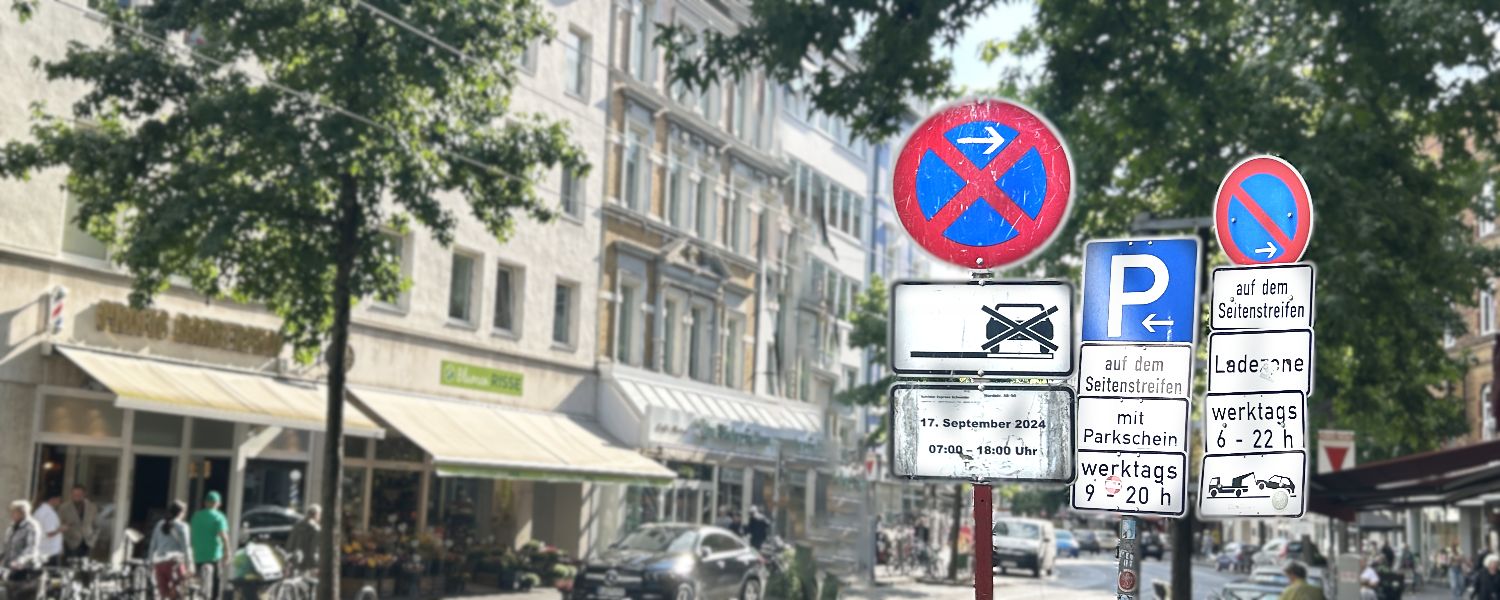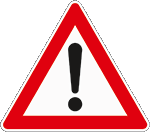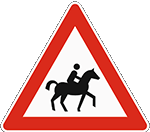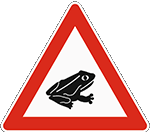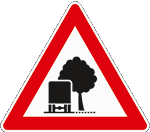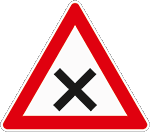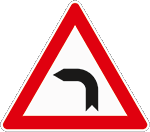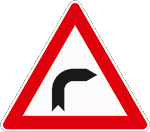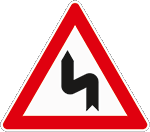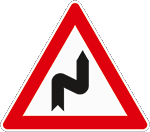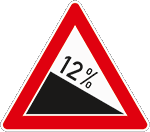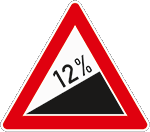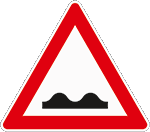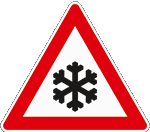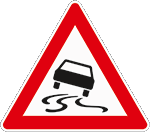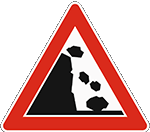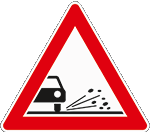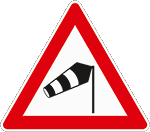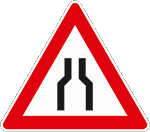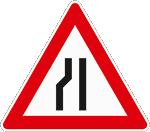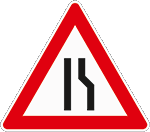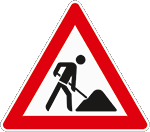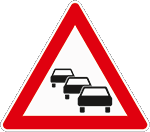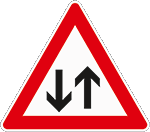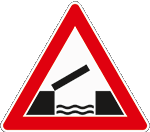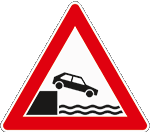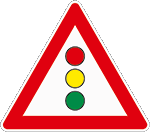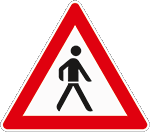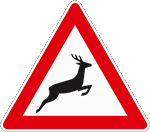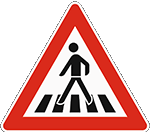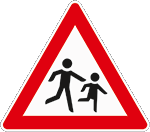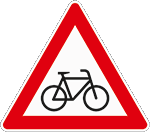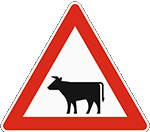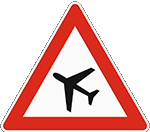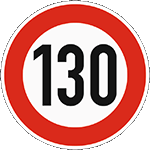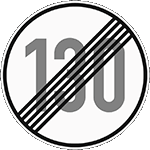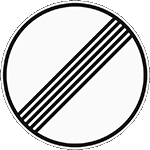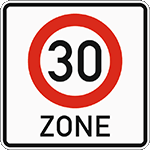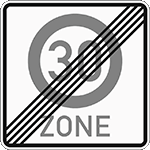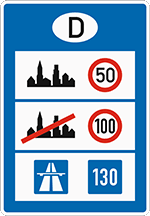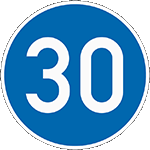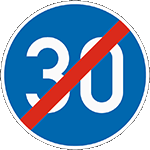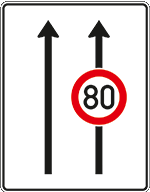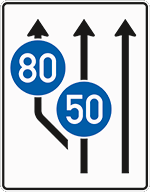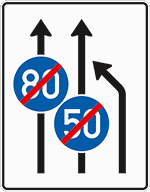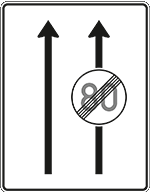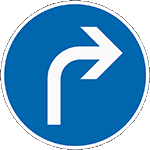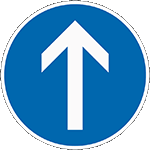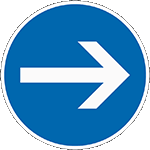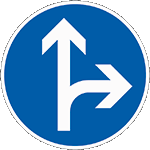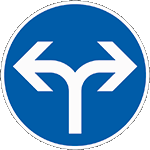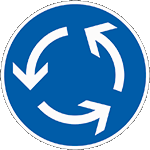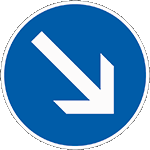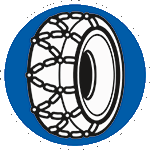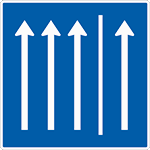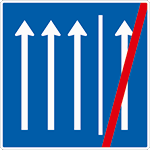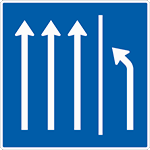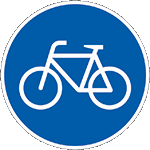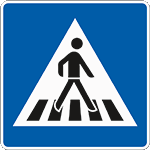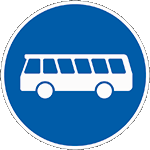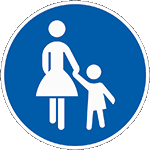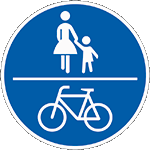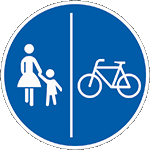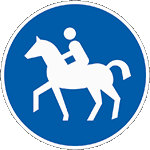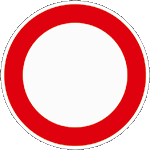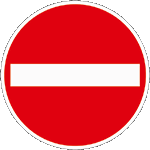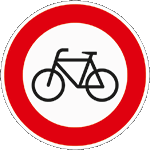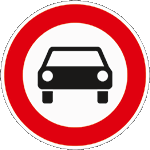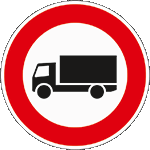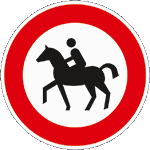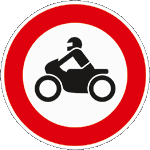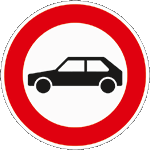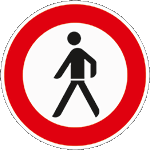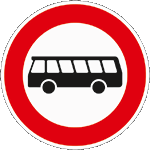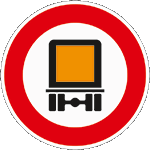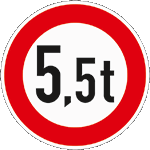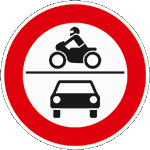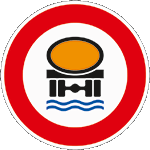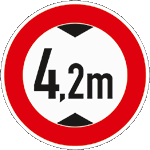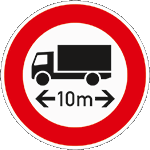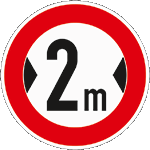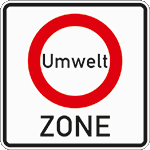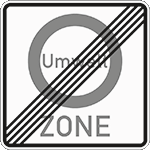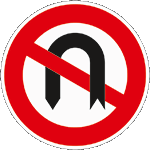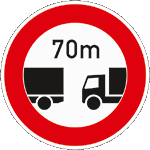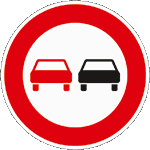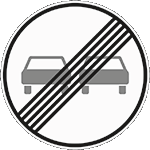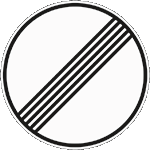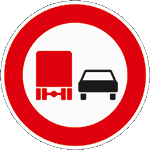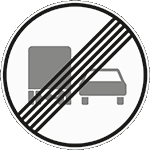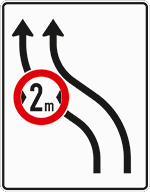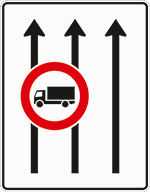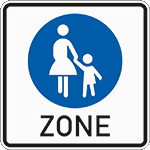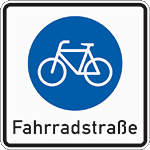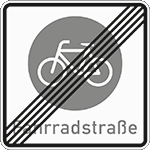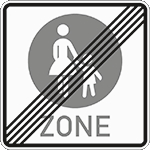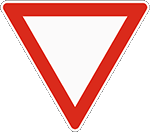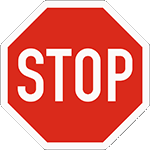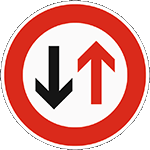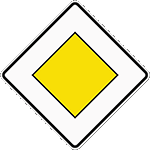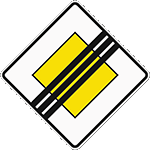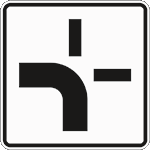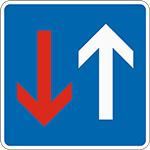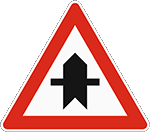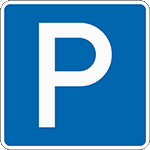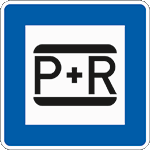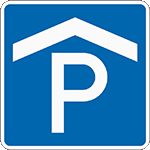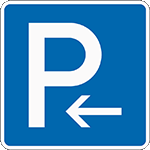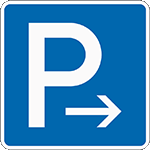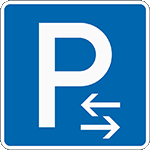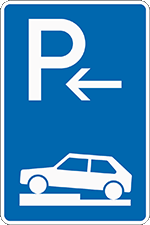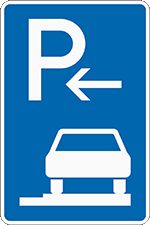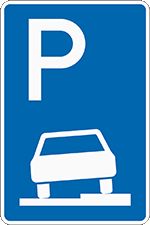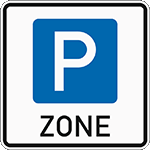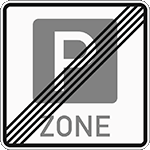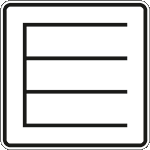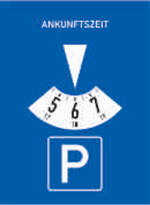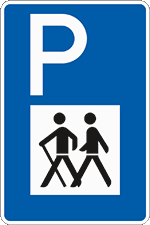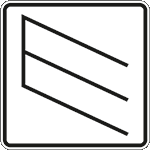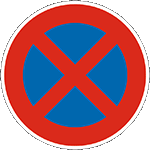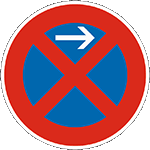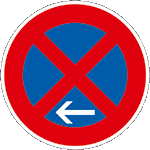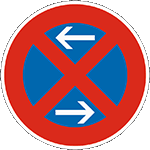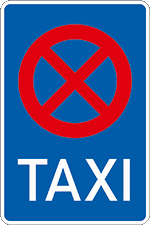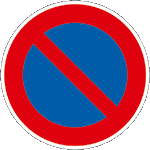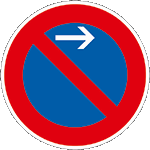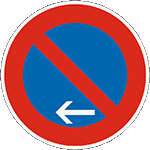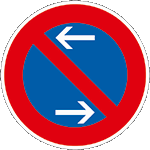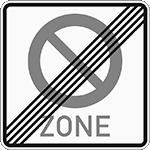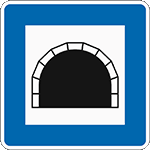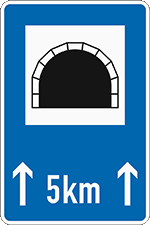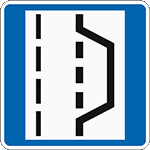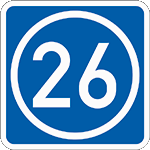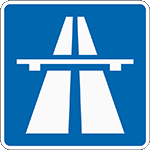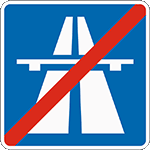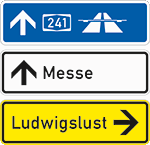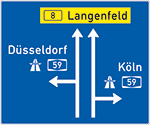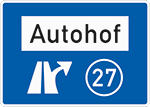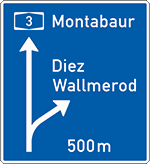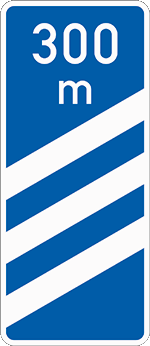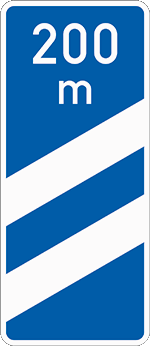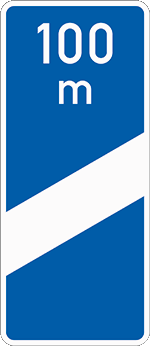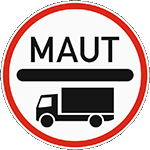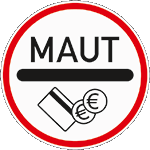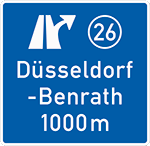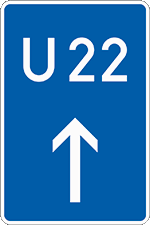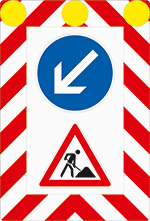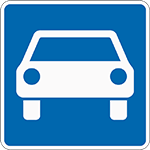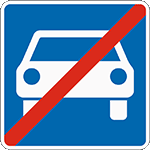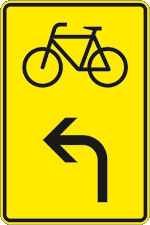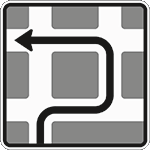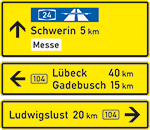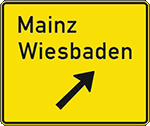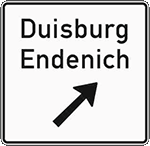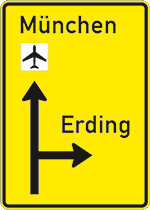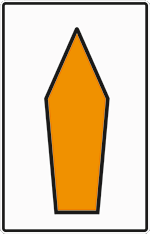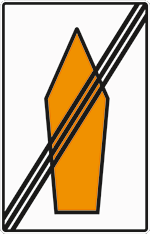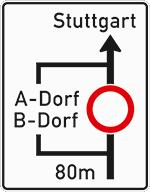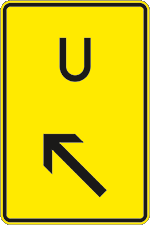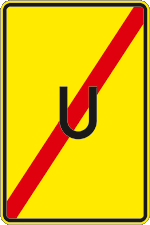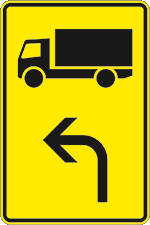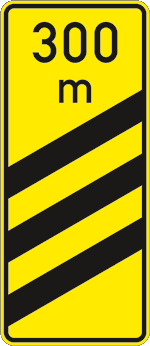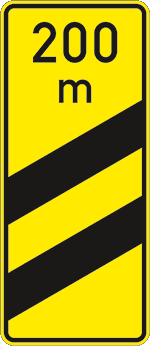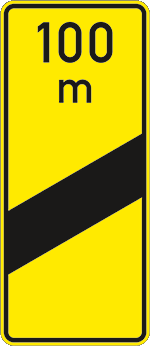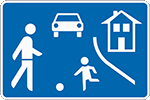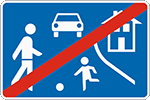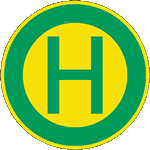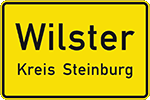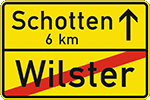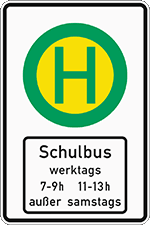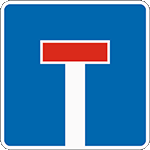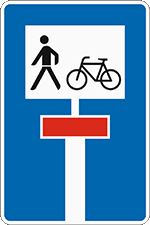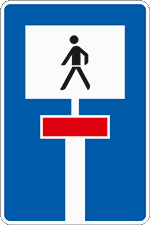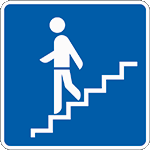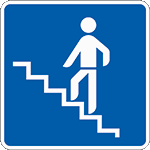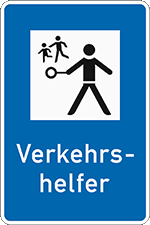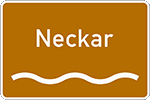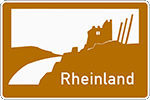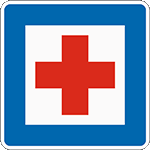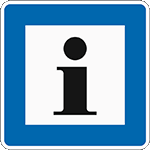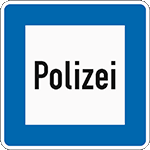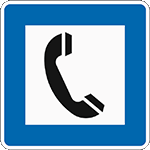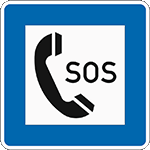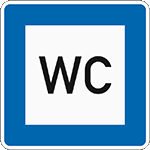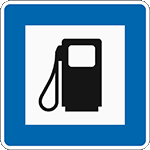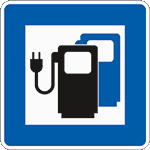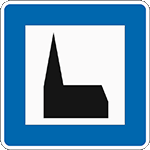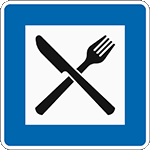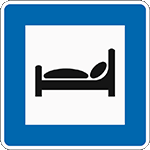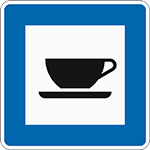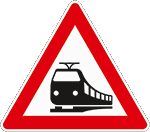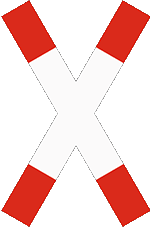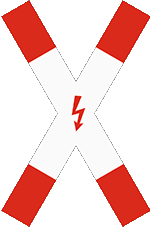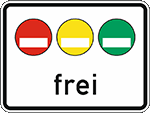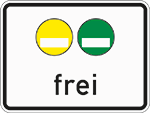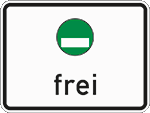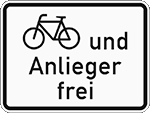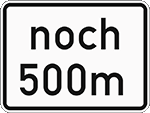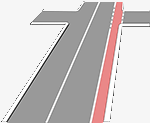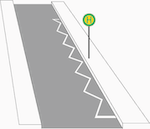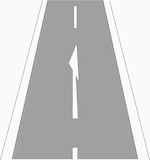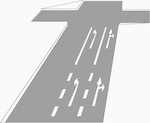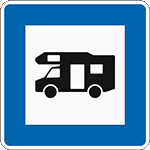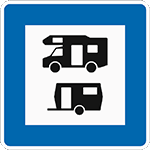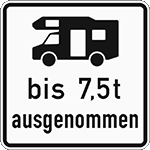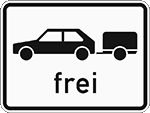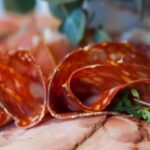Before driving in Germany, it’s important to understand the road traffic signs in Germany to ensure a smooth and safe experience. Germany’s road sign system features over 1,000 signs, covering everything from warnings and speed limits to regulatory instructions and informational signs. These signs are standardized in shape, color, and use internationally recognized symbols, making them easy to understand for both local and international drivers.
The system of road signs in Germany is well-structured and regularly updated, with the last major revision in the 1990s. You want to know more about those signs? Then, ADAC would be a good starting point but in German. If you are looking for German road traffic signs in English, then this article will serve you well.
Be prepared and confident by learning the most important road signs in Germany before you hit the road! Now, let’s start with the most essential road traffic signs in Germany. In case you need road traffic signs in Germany as a PDF document, feel free to download German road signs in PDF here from ADAC.
Warning signs in Germany
As one of the most critical set of road signs in Germany, warning signs in Germany offer drivers advance notice of potential hazards on or near the road. These signs are easily recognizable as equilateral triangles with a thick red border and a white background. In the center, they usually feature a black pictogram that is internationally recognized, clearly illustrating the specific danger or condition drivers should be aware of.
These traffic signs in Germany are designed to alert drivers and help prevent accidents by giving them time to react to upcoming risks.
General danger Typically used with a supplementary sign to specify the danger | Rider ahead | Amphibian crossingFrogs & Toads may be in the road |
Risk of tree branches or obstructions | Unmarked intersection aheadwith priority from right | Road bending to the left |
Road bending to the right | Road double bending(First to left) | Road double bending(First to right) |
Steep hill downwards(with a degree as shown) | Steep hill upwards(with a degree as shown) | Uneven road |
Risk of snow or ice | Road slippery when wet or dirty | Falling or fallen rocks |
Loose chippings | Side winds | Road narrows on both sides |
Road narrows (left) | Road narrows (right) | Road works |
Traffic queues likely ahead | Two-way trafficOncoming traffic may be unexpected, for instance if exiting a one-way street | Opening or swing bridge ahead |
Quayside or river bank | Traffic signals | Pedestrians in road ahead |
Wilds animals | Zebra crossing | Children crossing ahead |
Cycle route ahead | Cattle | Low-flying aircraft or sudden aircraft noise |
Speed limit signs in Germany
Not all Autobahns in Germany are without speed limit. Speed limit signs in Germany indicate the maximum speed in kilometers per hour (km/h). The most familiar sign, featuring a number inside a red circle, is easily recognized by most drivers.
In addition, Germany uses a blue circular sign to mark minimum speed limits, often seen on the autobahn. When speed limits end, a black and white sign appears, signaling that the default speed limit now applies.
Here are some common speed limit signs you’ll encounter in Germany:
Maximum speede.g., 130 km/h | End of maximum speed limite.g., 130 km/h | End of all speed and overtaking restrictions |
Entry to 30 km/h zone | End of 30 km/h zone | Information sign posted at international borders |
Minimum speede.g., 30 km/h | End of minimum speede.g., 30 km/h | Maximum speed limit by lanee.g., 80 km/h |
Extension from two to three laneswith minimum speed by lane | End of extension from two to three laneswith minimum speed by lane | End of maximum speed limit by lanee.g., 80 km/h |
Regulatory signs
Regulatory signs in Germany provide mandatory instructions, indicating actions that must be followed, rather than just suggestions. These signs are legally binding, meaning road users are required to obey them.
Similar to speed limit signs, most regulatory signs are circular. A red circle indicates a prohibition (meaning the depicted action is not allowed), while a blue circle signals a prescription (indicating the action shown must be followed). When these regulations end, a black-and-white sign typically marks the conclusion, although there are certain exceptions.
Here are some commonly-used regulatory signs in Germany:
Turn right ahead | Ahead only | Turn right |
Ahead or right only | Turn left or right ahead | Roundabout |
Pass by on righti.e. keep right | One-way-street | Snow chains required |
Hard shoulder open to trafficHard shoulder can be used as a traffic lane | End of shoulder laneDo not drive on the shoulder lane past this point | Shoulder lane endsIf you are in the shoulder lane, you must merge |
Bicycle laneBicycles only; cyclists must not use the roadway | Pedestrian crossing | Buses only |
Pedestrians only | Unsegregated route for use by pedal cycles and pedestrians only | Segregated pedal cycle and pedestrian routei.e., pedestrian on the left, pedal cycle on the right |
Horses only | No vehicles | No entry for vehicular traffic |
Bicycles prohibited | Motor vehicles except solo motor cycles prohibited | Prohibited for vehicleswith a permitted gross weight over3.5t including their trailers, and for tractors except passenger carsand buses |
Ridden or accompanied horses prohibited | Solo motor cycles prohibited | Passenger vehicles prohibited |
Pedestrians prohibited | Buses prohibited | Hazardous cargo prohibited(no vehicles transporting marked hazardous materials) |
Weight limit(no vehicles over maximum gross weight shown) | Motor cycles and motor vehicles prohibited | Water polluting cargo prohibited |
Vertical clearance(no vehicles over height shown) | Length restriction(no vehicle or combination of vehicles overlength shown) | Horizontal clearance(no vehicles over width shown) |
Traffic restriction zone for reduction of air pollution | End of traffic restriction zone for reduction of air pollution | No U-turns |
Minimum following distance(vehicles shown are required tomaintain the indicated minimum following distance) | No overtaking | End of no overtaking rule |
End of all speed and overtaking restrictions | No overtaking for trucksi.e., with a permitted gross weight over 3.5t including their trailers, and for tractors except passenger cars and buses | End of no overtaking rule for trucks |
Lane crossover at contra-flow road works with width restriction | Lane restriction for trucks | Pedestrians only |
Bicycle laneBicycles only, cyclists must not use the roadway | End of bicycle lane | End of pedestrians only zone |
Road priority signs – Give way signs in Germany
These road traffic signs in Germany are used to indicate who has the right of way at intersections. In addition to these signs, there are important priority rules to keep in mind. For instance, when entering a roundabout, you must yield to traffic already inside. Similarly, at an intersection without specific signs or signals, you are required to give way to vehicles coming from your right.
Right of way signs might be quite confusing in Germany. Here are the right-of-way signs commonly used in Germany:
Give way | Stop and give way | Give priority to vehicles from opposite directio |
Priority roadi.e., you have the priority | End of priority road | Priority road turns left in the intersection(used as a supplement to priority road sign) |
Traffic has priority over oncoming vehicles | Priority at next intersection | Unmarked intersection ahead with priority from righte.g., vehicle on your right has priority |
Parking signs in Germany
Parking can be quite a challenge. In cities like Berlin, finding a spot is relatively easy, but in places like Frankfurt, especially during rush hour, you’ll need some luck to find a free parking space. It’s essential to pay close attention to parking signs, as the parking rules can be quite complex in Germany. That said, unless you’re blocking emergency access or parking in an area marked with a towing sign, your car isn’t likely to be towed right away — so don’t stress, but always keep an eye on the signs.
Parking allowed signs – essential road signs in Germany
In Germany, parking is permitted where you see signs with a blue background and a white “P,” indicating designated parking areas. These may include additional information, such as time restrictions or requirements for parking permits. Let’s check out the full list.
Parking areaParking is permitted in this area | Park & Ride areae.g., park your car and get a train | Parking garage |
Parking area startsMarks the start of a parking area | Parking area endsMarks the end of a parking area | Parking possible both left and right(until you see an "end" sign) |
Parking on pavement allowed (start)Perpendicularly half on the pavement and half on the street possible | Parking on pavement allowed (start) wholly on the pavement possible | Parking on sidewalk allowed |
Parking management zone (Entry)Parking is for permit holders only | End of parking management zone | Perpendicular parkingBe aware of parking spaces that are perpendicular to the roadway |
Parking with parking discEnsure to start the disc with the correct timing | Hiker’s parking | Angle parkingParking spaces are at an angle to the roadway |
Reserved parking for residencesOnly residences with parking permit park here | Reserved parkingThis is a supplementary sign to another parking sign, parking for disabled permit holders only. | Time restricted parkingYou may use a parking disc to park here for the length of time indicated e.g., 2 hours |
Parking prohibition signs
Parking is prohibited in areas marked with red and blue signs, typically showing a red “X” or a diagonal line across a circle. These no-parking signs may be accompanied by additional restrictions, such as specific hours or conditions. Better to check out the full list below.
No stoppingYou may not stop or stand on this side of the road | No stopping (start)Beginning of a no stopping area - no stopping to the right of this sign on this side of the street | No stopping (end)Beginning of a no stopping area - no stopping to the left of this sign on this side of the street |
No stoppingStopping on this side of the street is prohibited in both directions | Taxi standReserved for taxis; other vehicles may not stop here | Tow zoneVehicles parked here illegally will be towed (on owner's expense) |
No parkingYou may not park on this side of the road | No parking (start)Beginning of a no parking area - no parking to the right of this sign on this side of the street | No parking (end)Beginning of a no parking area - no parking to the left of this sign on this side of the street |
No parkingParking on this side of the street is prohibited in both directions | Parking restriction zoneParking is restricted on all streets until you pass an “End of parking restriction zone” sign | End of parking restriction zone |
Autobahn signs in Germany
The German autobahn features specific traffic signs for speed limits, minimum speeds, and lane usage, as well as directions to exits and rest areas. These signs help regulate high-speed traffic and ensure safety. Below is a table summarizing key autobahn signs in Germany you’ll encounter.
Tunnel ahead | Tunnel for the next 5 km | Emergency bay Roadside bay can be used only in case of emergency |
Autobahn route number | Autobahn interchange number | Autobahn junction number |
Autobahn entranceAutobahn traffic regulations now apply | Autobahn entranceAutobahn traffic regulations do not apply anymore | Autobahn distance board |
Consolidated direction signRoute information for all directions | Autobahn entrance direction sign | Sign indicating off-autobahn service stop |
Autobahn interchange advance directional sign | Exit from the Autobahn | Direction to Autobahne.g., in this case to Berlin |
Autobahn junction countdown markersLocated 300 (three stripes) before a junction | Autobahn junction countdown markersLocated 200 (two stripes) before a junction | Autobahn junction countdown markersLocated 100 (one stripe) before a junction |
Toll road for trucksTrucks must pay a toll to use this road | Toll roadMotorists must pay a toll to use this road | Autobahn exit, four or three-way interchange ahead |
Provisional diversion route ahead | Mobile lane closure board | Remember to turn on (an) or off (aus) the lights e.g., supplementary sign before tunnels ahead |
Federal and main road signs
Federal and main roads in Germany use specific signs to indicate speed limits, lane usage, and directions to cities or regions. These signs help manage traffic flow and guide drivers along major routes. Below is a table summarizing key signs found on federal and main roads in Germany.
Expressway entrance | End of expressway | Routing for designated type of vehiclee.g., bicycle routing |
Federal highway route number | European route number | Complicated traffic route |
Expressway exit ahead | Federal Highway direction sign | Secondary road direction sign |
Consolidated direction sign showing route information for all directions | Expressway exit ahead | Expressway exit for local destinations ahead |
Advance direction sign | Federal highway distance sign | Advance direction sign including lane configuration |
Recommended alternate route | Recommended alternate route | Diversion routing |
Diversion direction signi.e., shows detour route | End of diversion | Routing for designated type of vehicle |
Federal highway junction countdown markerLocated 300m before junction | Federal highway junction countdown markerLocated 200m before junction | Federal highway junction countdown markerLocated 100m before junction |
Urban areas
In urban areas of Germany, signs indicate important information such as dead-end streets and traffic calming zones. These signs help control traffic flow, enhance pedestrian safety, and ensure proper parking. Below is a table summarizing key road signs in Germany commonly found in urban areas.
Traffic calming zoneThe speed limit is walking speed. Pedestrians have priority, and drivers must proceed very slowly and cautiously. | End of traffic calming zone | Pedestrians must cross road |
Town signTown of Weiler in this casea | Direction to an important location Train station in this case | Bus stop |
Start of an urban areaUrban traffic regulations begin, including 50 km/h speed limit | End of the urban area | School bus stopWatch out on the days and times indicated |
Dead-end street | Dead-end street with pedestrian and bicycle path | Dead-end street with pedestrian path |
Pedestrian underpass (stairs) | Pedestrian overpass (stairs) | Traffic helper (school patrol) on duty |
Signs for tourist attractions
You may notice brown signs near highways in Germany, which are used to highlight tourist attractions. Take the opportunity to visit and enjoy these sights!
River signe.g., Neckar River in this case | Route to tourist attraction | Tourist attraction or scenic area sign |
Service signs in Germany
Service signs in Germany provide essential information to drivers about facilities and services available along the road. These signs, often rectangular with blue or white backgrounds, indicate key services such as rest areas, gas stations, restaurants, and hotels. They also include emergency-related signs, like those marking the locations of emergency phones (SOS) or first aid stations.
First aid station | Information point | Police station |
Telephone available | Emergency phone (SOS) | Public restroom |
Gas station | Electric vehicle charging station | Place of worshipi.e., Christian chapels |
Restaurant | Hotel or accommodation | Café or snack bar |
Railway signs in Germany
Railway signs in Germany are designed to alert drivers to upcoming railway crossings and ensure safety. These signs typically include a red-bordered triangle with a train symbol, distance markers indicating how far the crossing is, and barriers or lights at the crossing itself. Some crossings may have additional warning signs, such as those indicating overhead electric wires. These road signs in Germany are crucial for preventing accidents and ensuring proper caution is taken near railway tracks.
Railroad crossing ahead | St Andrew’s railway crossingIt might be without barriers. You must stop if a train is approaching. | Railroad crossing with electric overhead wires |
Distance marker to railroad crossing3 stripes i.e., 240 m | Distance marker to railroad crossing2 stripes i.e., 180 m | Distance marker to railroad crossing1 stripe i.e., 80 m |
Supplementary signs in Germany
Mostly attached other road traffic signs in Germany, supplementary signs provide additional details or restrictions and are placed directly beneath main signs. For example, under parking signs, they often indicate specific conditions like time limits, such as the maximum number of hours a vehicle can be parked. These signs can also specify particular days or times when a rule applies, offering more clarity and helping drivers comply with regulations.
Distance to an upcoming regulation (Shown on the main sign) | Traffic regulation applies for 2 kilometers | Regulation applies over a distance of 800 meters |
Oil spill warning | Smoke warning | End of all regulations |
Valid Monday to Friday, 4-6 PM (For the respective regulation) | Applies starting from November 8, 6 PM | Valid from 4 to 6 PM |
Only low to high emission vehicle are allowed i.e., green, yellow and red sticker | Only low and medium emission vehicle are allowedi.e., green and yellow sticker | Only low-emission vehicles are allowedi.e., green stickers |
Bicycles and residents allowed | Residents with permits allowed | Stop here at red signal |
Accident hazard ahead | 500 meters remaining | Regulation ends in ... meter |
Caravan and campaign traffic signs in Germany
Caravan and camper traffic signs in Germany guide drivers of recreational vehicles on where they can park, camp, or find services. These signs typically indicate designated parking areas for caravans and campers, often marked with a “P” symbol along with an image of a camper. Some signs specify whether camping is allowed overnight or if only parking is permitted.
Stop signA stop line, a thick white solid line, requires drivers to stop completely, equivalent to a stop sign, even without one installed. | Yield signA thick white broken line signals drivers to yield to traffic on the priority road, equivalent to a yield sign. | Pedestrians crossingZebra stripes on the road indicate a pedestrian crossing where you must yield to pedestrians. |
No passingA solid center line means no overtaking, while the long solid line along the roadside marks the edge. | Solid and broken white linePassing is permitted on the side with the broken center line; overtaking is prohibited if the solid line is on your side. | Bicycle laneA cycle lane, marked by a solid white line, may be in road color or maroon, and parking or stopping on it is prohibited. |
No stopping zoneZig-zag lines by the curb indicate a no stopping or parking zone e.g. bus stops | Merge arrowIt shows the start or end of a passing zone, with a left arrow indicating an upcoming passing area and a right arrow signaling to merge back. | Direction arrowsLane arrows on the road show permitted turns. |
Road markings in Germany
Road markings in Germany are essential for regulating traffic and ensuring safety. Solid white lines indicate boundaries, such as lane edges or no-overtaking zones, while broken white lines allow lane changes and overtaking. Let’s check out the most important road markings in Germany.
Motorhome park | Motorhome and caravan park | Motorhomes up to 7.5 tons exempt (This is a supplementary sign to another traffic sign) |
Sliding danger for vehicles pulling trailers on downhill section with strong side wind | Caravans allowed to park for over 2 weeks | Passenger cars with Trailer allowed |
In Germany, traffic signs play a crucial role in ensuring road safety and efficient transportation. For those coming from different countries, it’s essential to pay close attention, as the rules and signs may vary significantly from what you’re used to. Understanding these signs and following them carefully can help prevent accidents and make your driving experience in Germany smoother and safer. Always be cautious and take the time to familiarize yourself with local traffic regulations.
